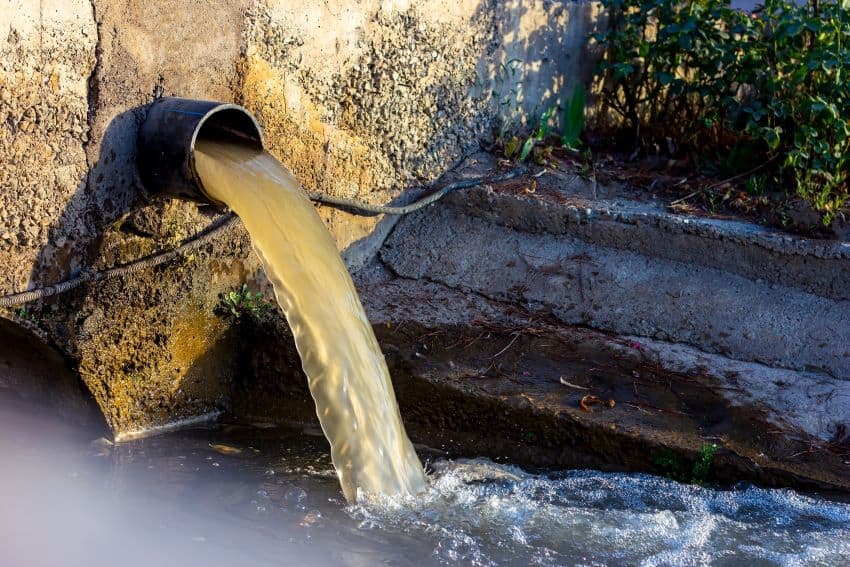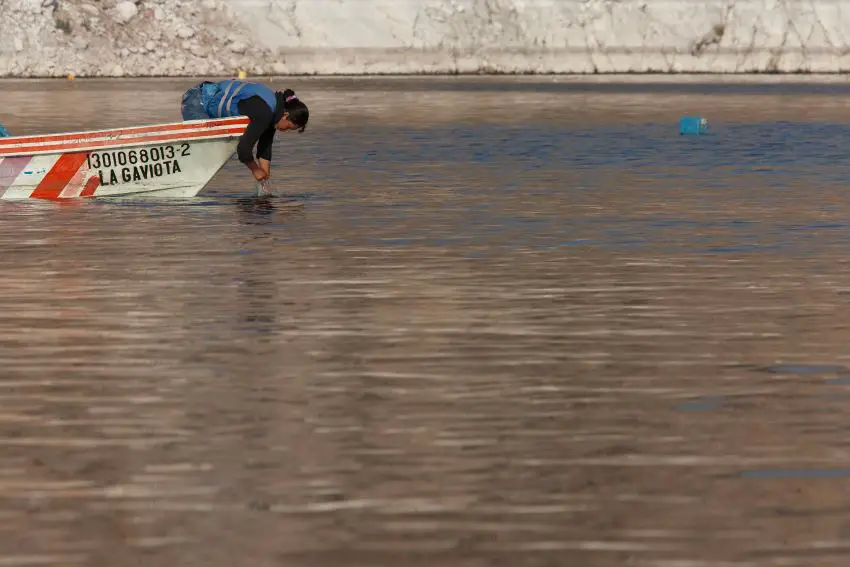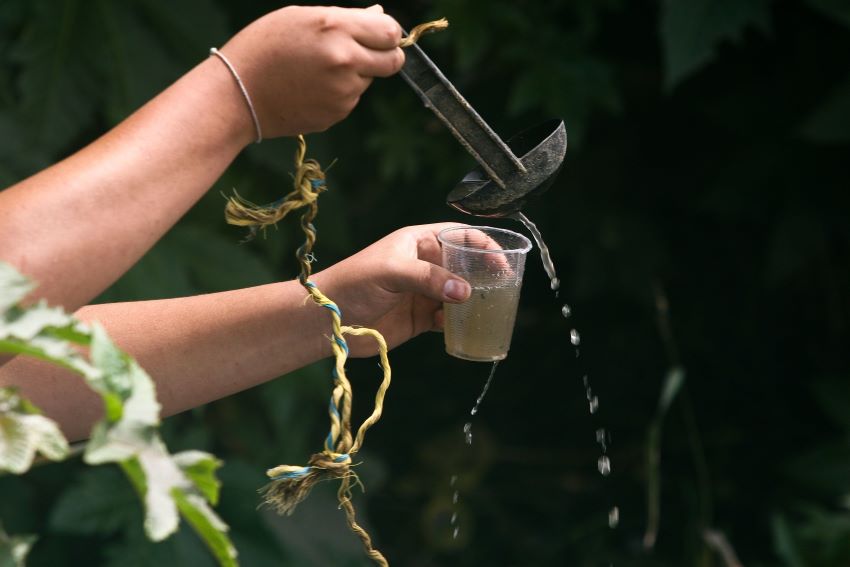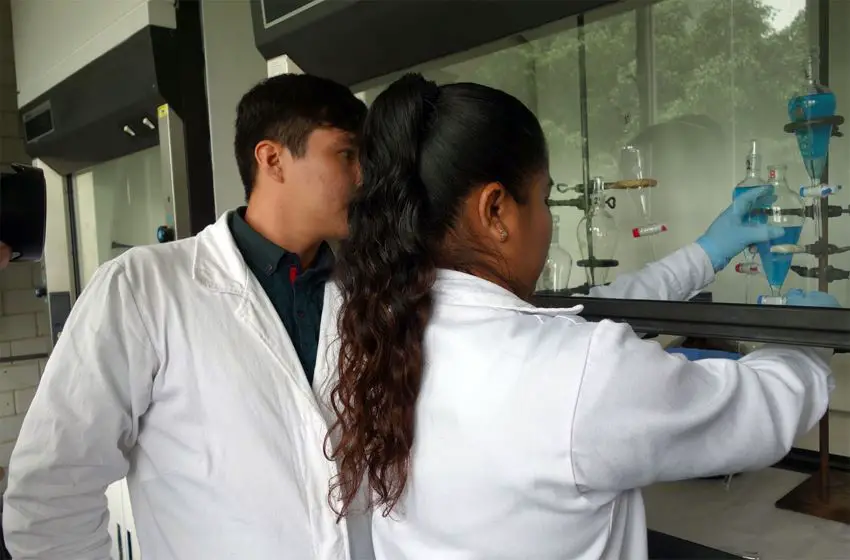Mexico has experienced a water crisis for the last decade due to a combination of factors. Drought, overexploitation, inadequate infrastructure, mismanagement of water supplies and contamination have all stolen the headlines at one point or another.
Despite record dryness, however, poor rainfall and overexploitation of aquifers are far from the only issues facing the Mexican water supply.

What issues are facing Mexico’s water supply?
One particularly pressing issue is exposure to fluoride and arsenic, which the Bulletin of the World Health Organization (WHO) has cited as the two chemical contaminants believed to have the greatest effect on public health globally. Long-term exposure to high levels of fluoride has been shown to cause neurological problems, while prolonged exposure to arsenic has been linked to a range of health compliations affecting the cardiovascular and endocrine systems.
The damage caused to health has been recorded worldwide in countries such as Argentina, Bangladesh, Chile, China, Hungary, India, Iran, Romania, Taiwan, the United States and Vietnam.
In Mexico, this type of pollution is being referred to as “[a] new class of water contamination” by some researchers and experts. This concern is shared by Dylan Terrell, founder and executive director of Caminos de Agua, a small nonprofit in San Miguel de Allende, Guanajuato, that works with NGOs and community leaders on projects in rural areas impacted by the water crisis across Mexico.
“We used to be worried about pathogens and bacteria that were easy to deal with, but these two chemicals cannot be removed easily…not even by standard water filtration systems,” Terrell noted in an interview with Mexico News Daily.
Research has pointed to a natural explanation for the presence of arsenic and fluoride in Mexico. A 2020 study published in the scientific journal Science of the Total Environment notes that the origin of these contaminants in water “is mostly geological” but can be exacerbated by human activities such as mining and pesticide use.

The study’s authors found that the highest concentrations of the chemicals appear in alluvial aquifers in northern Mexico, “where high-silica volcanic rock likely releases both arsenic and fluoride into the groundwater.” In the nearby Comarca Lagunera region, a hotspot for arsenic contamination, studies have likewise determined that the concentration of arsenic is attributable to geological activity millions of years ago.
Researchers at the National Autonomous University of Mexico (UNAM) explain that as arsenic flows through rock formations, it contaminates underground aquifers and rivers. These aquifers and rivers provide approximately 39% of all drinking water in Mexico, according to a 2017 study by the National Water Commission (Conagua).
The Science of the Total Environment study concludes that 56% of the Mexican population lives within five kilometers of at least one of the areas sampled in the study and that over 3 million people are exposed to fluoride above the maximum acceptable dose of 0.06 milligrams per kilogram of body weight per day. Moreover, 8.8 million people in Mexico are exposed to arsenic above the WHO-recommended daily limit of ten micrograms per liter. The study’s authors project an additional 13,070 cases of cancer expected from this arsenic exposure alone, primarily concentrated in north-central Mexico.

How is Mexico solving this issue?
Researchers and experts in the field have been forced to explore new mechanisms to remove arsenic and chemicals similar to this one as there is no special technology to remove them nor sufficient help from government entities.
Nonprofits like Caminos de Agua work alongside the National Water Quality Inventory (INCA) a non-governmental initiative created by a team of international researchers to monitor arsenic and fluoride in low-income communities. The NGOs also offer technical advice and sometimes funding to allow affected families to purchase the materials needed for water filters.
Jaime Hoogesteger, an associate professor at Wageningen University in the Netherlands has extensively studied issues of water governance in Mexico as part of his post-doctoral studies. Hoogesteger has worked with both Caminos de Agua and INCA to educate and protect populations in vulnerable regions of Guanajuato state.
“I have sent some of my students and researchers to these communities to test water, and the best solution in this particular region is to get clean water through rainwater harvesting,” Hoogesteger told Mexico News Daily.

The researcher believes this is the best alternative as aquifer levels are declining and water quality is receding. Conagua currently lacks the ability to regulate water usage in general, meaning significant quantities are siphoned off for commercial and agricultural use.
“It’s a problem that you have in a lot of arid and semi-arid areas where you have a large storage of groundwater that has been stored over hundreds or maybe thousands of years…if you start pumping, it’s not replenished and then basically what you are doing is mining water, Hoogesteger added.
Caminos de Agua has worked since 2010 in rural communities to supply clean water through water treatment plants developed by academics. These plants are not yet commercially available but remove contaminants at the community level.
Another project, at UNAM, is focusing on separating arsenic in groundwater through the implementation of electrodeionization (EDI). Dr. Francisca Alicia Rodríguez Pérez, an academic and researcher at UNAM’s FES Cuautitlán campus, proposed this project as an alternative to current methods.

“Detecting and quantifying the presence of contaminants in groundwater is a major challenge,” Rodríguez told the FES Cuautitlán gazette in June. “The problems are only detected once the contaminants have reached a spring, river or well that supplies local communities, since the impurities usually go unnoticed until the inhabitants are affected,” she said.
Rodríguez also specified that EDI is a chemical-free process used to demineralize water. It uses a water treatment tool that uses electricity, resins and membranes to remove ionized species from water including salts and organic acids. As a result, water is purified.
Bottled water or water filtration systems?
Many of us would think that another alternative to obtain potable water is simply to drink bottled water, but Terrell says otherwise. The Caminos de Agua CEO adds that bottled water is not necessarily trustworthy. “It may be free of bacteriological pathogens, but [can still contain] excessive levels of arsenic and fluoride,” he told Mexico News Daily.
He also explained that after the 2019 scandal in which beverage maker Grupo Peñafiel confirmed that it found elevated levels of arsenic in beverages produced at two of its plants in Puebla and Jalisco, more researchers have focused on studying the presence of these chemicals in bottled waters.
Recent studies across a number of journals have found concentrations of fluoride and arsenic in bottled drinking water in Durango and Chihuahua.
“Instead of giving water to these producers, it’s safer to install water systems and more affordable than buying bottles of water in the long run,” Terrell added.
Originally from Texas, Nancy Moya has two degrees from New Mexico State University and the University of Texas at El Paso. With 15 years of experience in print and broadcast journalism, she’s worked with well-known outlets like Univision, The Associated Press, El Diario de El Paso, Mexico’s Norteamérica and Mundo Ejecutivo, Germany’s Deutsche Welle and the Spanish-language El Ibérico of London, among others.
